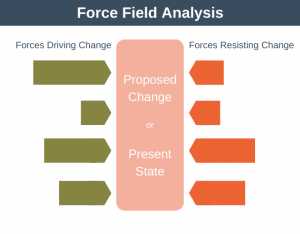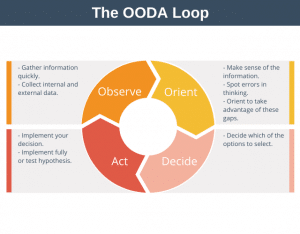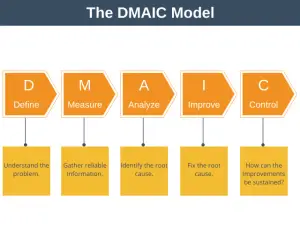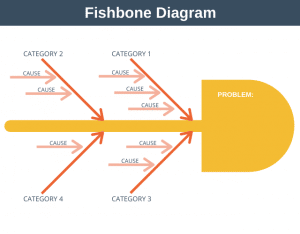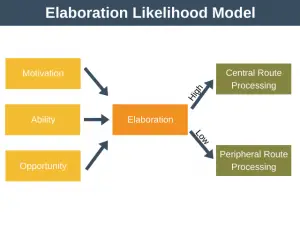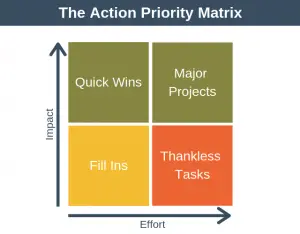A Decision Matrix can help us analyze a number of similar options to make a rational decision. Each and every day we all make decisions. Some of these decisions are simple and don’t require much thought, such as what to wear or what to eat for lunch. Other decisions are more complex and must be considered in light of a number of criteria, for example, when buying a new car we need to weigh cost, practicality, performance, reliability, and fuel economy, amongst other factors.
Business decisions can be even more complex. Suppose you are tasked with finding a new facilities management supplier. It can be tempting to opt for the lowest cost supplier, but other factors need to be considered to ensure you make the best decision. This include factors such as length of the contract, break clauses, and service level, as well as a host of other factors.
How can we ensure we make the best decision taking all of these factors into account? A Decision Matrix Analysis can help us. It is useful where we have a number of options available and a number of factors to consider. Essentially, it’s a very useful technique to use when there’s a number of options to consider but there is no obvious clear choice.
Tip
Before we jump in and look at how to use the model, it is worth noting that a decision matrices go by a number of other names, including Pugh Matrix, Decision Grid, Opportunity Analysis, Multi-attribute Utility Theory, Grid Analysis, Problem Selection Matrix, Criteria Rating Form, and Problem Selection Matrix.
The Decision Matrix can help you decide between a number of similar options, but if you’re looking to decide what to work on from your personal list of priorities, then The Eisenhower Matrix will be more appropriate.
Whilst Decision Matrix Analysis might sound like a complex term, it is actually a very simple tool to use.
Simple Decision Matrix
To use a Simple Decision Matrix we follow these steps:
- In the leftmost column of a table, list each of the criteria against which you wish to evaluate your options.
- List the options available to you across the top row of your table.
- Choose a way to score each option against the evaluation criteria, for example, we could choose the scale 1 to 5, with 5 being a good score and 1 being a very poor score.
- In the bottom row, we sum all the scores for each option.
- The option with the highest score is our “winner”, and our decision has been made.
In the example below, you can see we are trying to determine which car to buy.
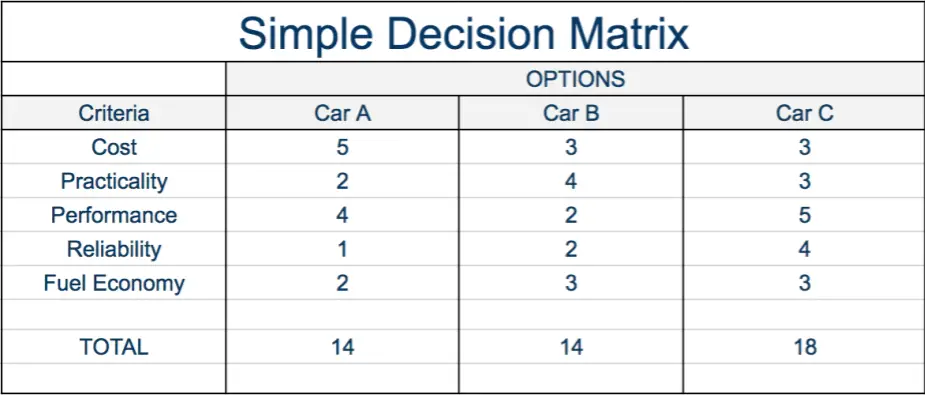
As you can see in this example, Car C is the clear winner. The criteria you choose to evaluate your options against are entirely up to you, so if practicality wasn’t important to you, you could choose to omit it from the list of evaluation criteria.
One of the drawbacks to our Simple Decision Matrix is that not every criterion will have the same importance to us, for example, we may consider reliability to be more important than performance, or we may consider the price to be more important than all the other factors. A Weighted Decision Matrix provides a means to overcome this drawback.
Weighted Decision Matrix
The steps to create a Weighted Decision Matrix are shown below, along with an example from the business world. If you’d like to create your own Weighted Decision Matrix then you can download a template here to help you to get started.
Step 1:
Just as we did in our Simple Decision Matrix above, create a table and in the leftmost column list the criteria against which you wish to evaluate your options. To the right of this column create another column, specifying the weighting (relative importance) of each of the criteria using a common scale, for example, 1 to 5, where 1 is of little importance and 5 is very important. This will mean that your most important criteria a labeled 5 and your least important will be labeled 1.
Just as before, list the options under consideration across the top row of the table.
You will now have a table that looks something like this:
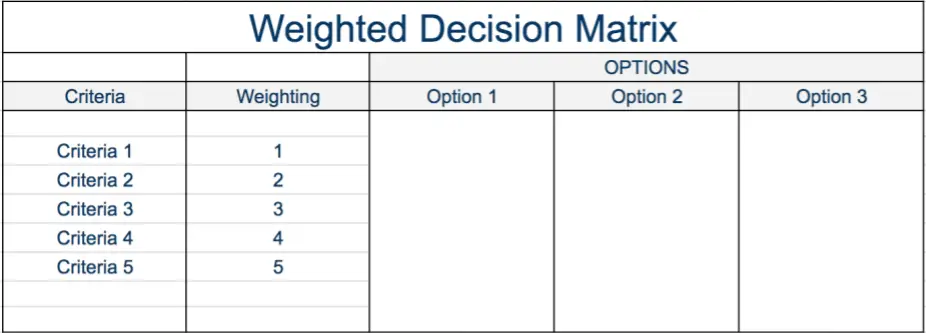
Step 2:
Now, under each option create two rows, one to score the criteria for that option, and another to show the total score taking into account the weighting for this criteria. The total is calculated simply by multiplying the score by the weighting.
Now work your way down each column, entering a score as you go for each criterion/option combination. To take into account the weighting you’ll now need to multiply each of your scores by the weighting factor to get a total score for that factor and option combination.
You will now have a table that looks something like this:
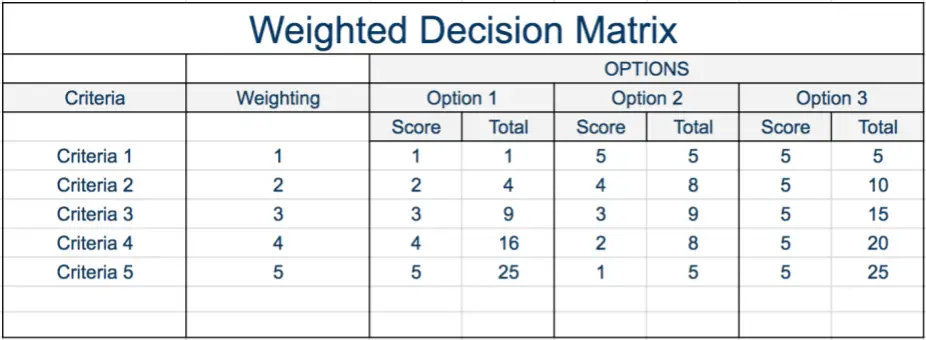
Step 3:
Finally, total all of your weighted scores for each option. The option with the highest total score is the preferred option, or the “winner” (Option 3 in our example). Don’t worry if this sounds complicated, the example below should make it perfectly clear.
You will now have a finished Weighted Decision Matrix that looks something like this:
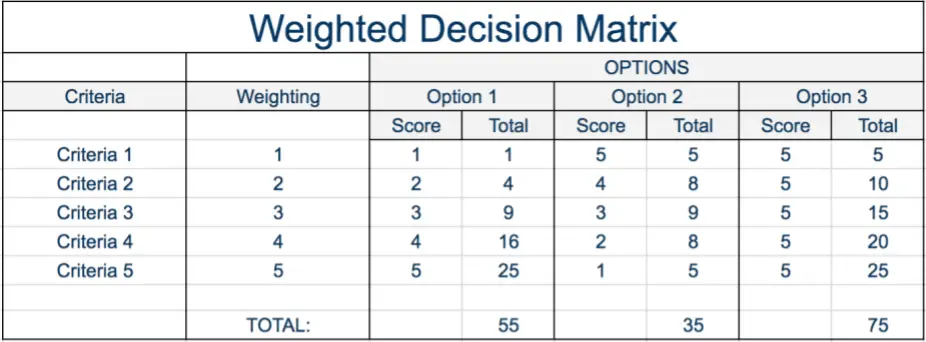
Weighted Decision Matrix Example
To show how a Weighted Decision Matrix can be useful in the real world when you’re faced with a complicated decision, let’s consider a business example where we need to select a supplier for our facilities management.
In this example, we determine that cost is the most important factor to us in choosing a supplier. Thus we give cost a weighting of 5 (very important). Other important factors (but not quite as important as cost) include service level and how easy it is to terminate the contract should circumstances change or things not be working out the way we hoped with the supplier. We decide to give each of these factors a weighting of 4.
The other factors we decide to use are Contract Length, with shorter length contracts scoring higher, and Financial Strength, with companies with greater financial strength scoring higher.
This might result in a Weighted Decision Matrix that looks something like this:
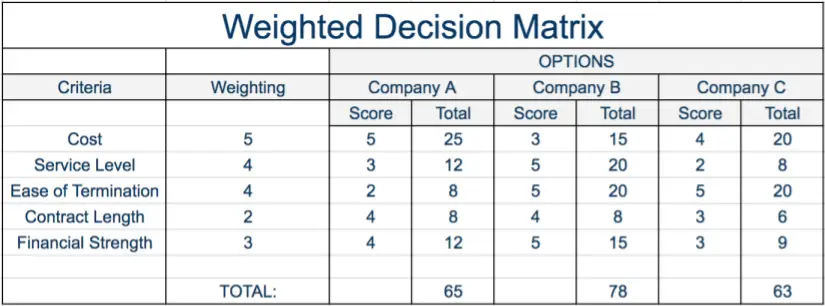
Because our most important factor was cost, we might expect the company with the lowest cost to be our preferred option. Interestingly, in the above example, it is actually the company with the highest cost that comes out on top in our decision matrix.
This is because this company scores much better in all other factors than the cheapest company, meaning this company has a very high service level and is the easiest contract to cancel if things aren’t working out.
Tip
Critical to the success of your Decision Matrix will be the criteria you select to evaluate your options and the weighting you give them. To ensure you have the right criteria considering organize a brainstorming session with your team to select the factors you’ll use and their weighting.
Decision Matrix Template
If you’d like to get started creating your own Decision Matrix you can download our Decision Matrix Template here.
Summary
Decision Matrix Analysis enables you to make a rational decision from a number of similar options. It is best to use the tool when the options look fairly similar to each other yet you want to objectively decide which is the best option. By using the tool you ensure all important factors have been considered before an option is selected, and thus the tool prevents you from potentially jumping to the wrong conclusion and selecting the wrong option.

